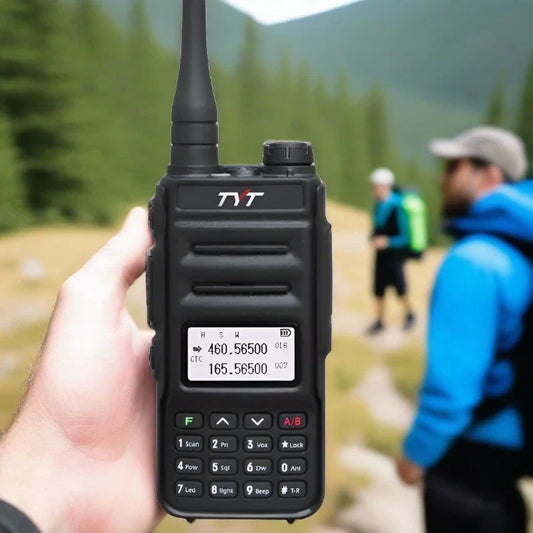Amateur ham radio satellite communications offer a unique opportunity for enthusiasts to connect with others around the world using satellites orbiting the Earth. But what exactly are these satellite communications and how do they work?
What are Amateur Ham Radio Satellite Communications?
Amateur radio operators, also known as "hams," use satellites to communicate with each other, conduct experiments, and engage in emergency communication activities. These satellites are specifically designated for amateur radio use and provide a platform for hams to connect globally.
How Do Amateur Ham Radio Satellite Communications Work?
Amateur radio satellites operate in various orbits around the Earth, allowing hams to communicate over long distances. Hams use specialized equipment, including handheld radios, antennas, and tracking software, to establish contact with these satellites. The satellites then relay the signals back to Earth, enabling communication between operators.
Benefits of Amateur Ham Radio Satellite Communications
One of the key benefits of using satellites for amateur radio communication is the ability to reach remote or inaccessible areas where traditional communication methods may not be available. Additionally, satellite communications provide hams with a unique opportunity to experiment with different modes of communication and technology.
Overall, amateur ham radio satellite communications offer a fascinating way for enthusiasts to connect with others, conduct experiments, and engage in emergency communication activities. Whether you're a seasoned ham radio operator or just starting out, exploring satellite communications can open up a whole new world of possibilities in the world of amateur radio.









